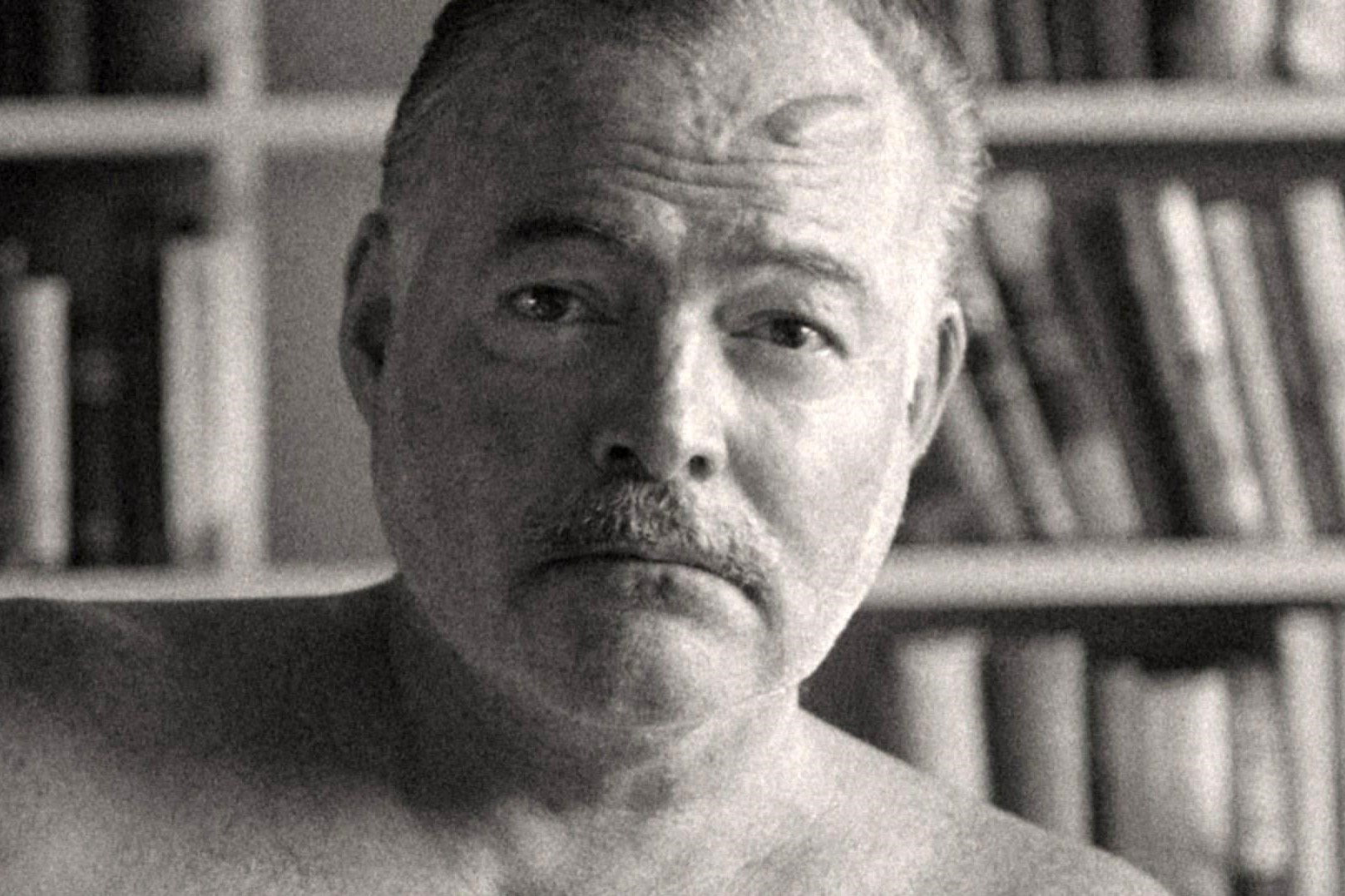He is one of the best-known writers of the twentieth century: Who is Ernest Miller Hemingway?
Hemingway, who started writing at a time when many writers embraced literature consisting of fancy idioms and bullshit, never approved of this path.

American novelist and short story writer. He is one of the best-known writers of the twentieth century. He was born in Oak Park, near Chicago, in February 1899. His father, Dr. Clarence Hemingway, was a huge influence in his son's life and his choice of path. Fishing in Lake Michigan and the events of his childhood were his first inspirations. His first articles were the articles he wrote for the School Newspaper by imitating Ring Lardner. After graduating from college, he left his hometown and entered the City Star Newspaper in Kansas. His work here had a great influence on shaping his personality as a writer.
Ernest Miller Hemingway (July 21, 1899 – July 2, 1961) was an American novelist, short-story writer, and journalist. His economical and understated style—which included his iceberg theory—had a strong influence on 20th-century fiction, while his adventurous lifestyle and public image brought him admiration from later generations. Hemingway produced most of his work between the mid-1920s and the mid-1950s, and he was awarded the 1954 Nobel Prize in Literature. He published seven novels, six short-story collections, and two nonfiction works. Three of his novels, four short-story collections, and three nonfiction works were published posthumously. Many of his works are considered classics of American literature.
Upon the outbreak of the First World War, Hemingway's application, who wanted to become a soldier, was not accepted due to the defect in his eyes. However, he entered the Red Cross as a truck driver and went to the Fosfalta di Pieva region of Italy. These four war years in Italy are one of the issues that affected him the most. After the war ended, he stayed in Italy and worked as a correspondent for the Toronto Star Newspaper in America for a while. From there he went to Paris and worked with other American writers Ezra Pound and Gertrude Stein. His first important book was the short stories he published in these years. This book, which attracts attention with its plain and casual style, is the first work that reflects his literary personality.
His first novel and second important book is The Sun Also Rises, in which he describes the aimlessness of the post-war period and the lost generation of this period. This book paved the way for him to fame.
After 1930, he stayed in Spain, Africa, and Florida for a long time, dealing with jobs such as hunting and diving. He worked as a reporter during the Spanish Civil War and the Second World War. After 1945, he settled in Finca Vigia near Havana, Cuba, where he continued his work until the Castro regime expelled him. Hemingway, who then went to Spain and soon returned to the United States and settled in Idaho, received the Nobel Prize in Literature in 1954. He was hospitalized after his health deteriorated. His philosophy of “Life is pretty enjoyable near death” could not save him. He lost his memory by going through mental depression one after another. He committed suicide in his home in Ketchum in February 1961.
Hemingway, who started writing at a time when many writers embraced literature consisting of fancy idioms and bullshit, never approved of this path. He chose to use the language in its plain form and to avoid unnecessary words. The Hemingway style was at a level that a high school student could understand, besides being intricate, but very contemporary. The fact that his sentences are short and simple and that descriptions and adjectives are used appropriately are accepted as the most important reason why his works are widely read.
Selected works
Hemingway wrote seven novels in his lifetime.
- (1923) Three Stories and Ten Poems
- (1924) In our time
- (1925) In Our Time
- (1926) The Torrents of Spring
- (1926) The Sun Also Rises
- (1927) Men Without Women
- (1929) A Farewell to Arms
- (1932) Death in the Afternoon
- (1933) Winner Take Nothing
- (1935) Green Hills of Africa
- (1937) To Have and Have Not
- (1938) The Fifth Column and the First Forty-Nine Stories
- (1940) For Whom the Bell Tolls
- (1950) Across the River and into the Trees
- (1952) The Old Man and the Sea
